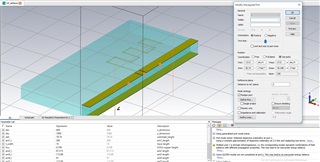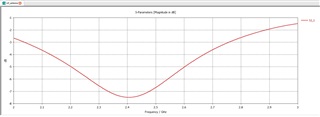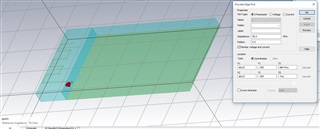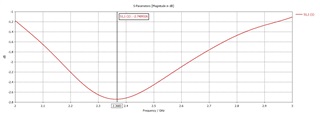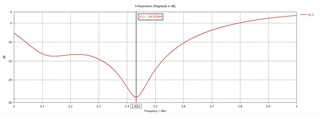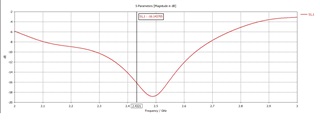Hi All,
I am trying to simulate the nRF52840 Dongle Antenna given in the hardware files using CST studio. I am using the following substrate and trace width which was in the hardware PCB files.
FR-4 - Dielectric 4.8
h = 78.74 mil
Antenna microstrip trace width, w = 10 mil
I first wanted to simulate the antenna section starting from the RF feeder (left of the green arrow) as shown below.
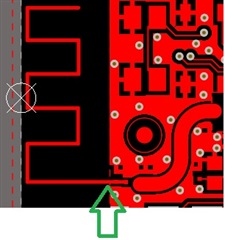
My CST design is as follows. There is no ground plane because it is a monopole antenna.
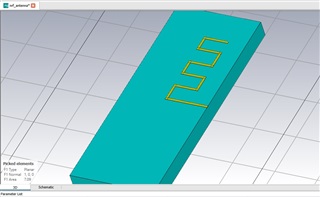
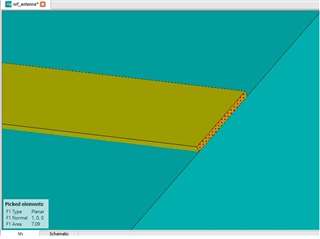
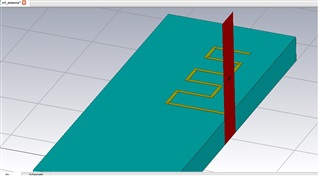
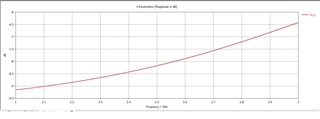
As you can see from the above images, my simulation results are really bad.
1. I am thinking it could be because of my port settings in CST. If so how can I assign ports to such an antenna CST?
2. Are there anything else I am doing wrong here? I am thinking that I should see little bit of matching at 2.4 GHz without the matching network. But it looks like there is no resonance at all at this frequency.
Thanks



